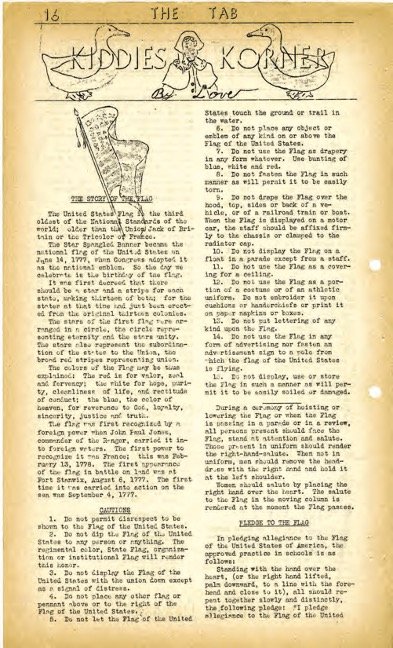expanding the Interwar Housing Map

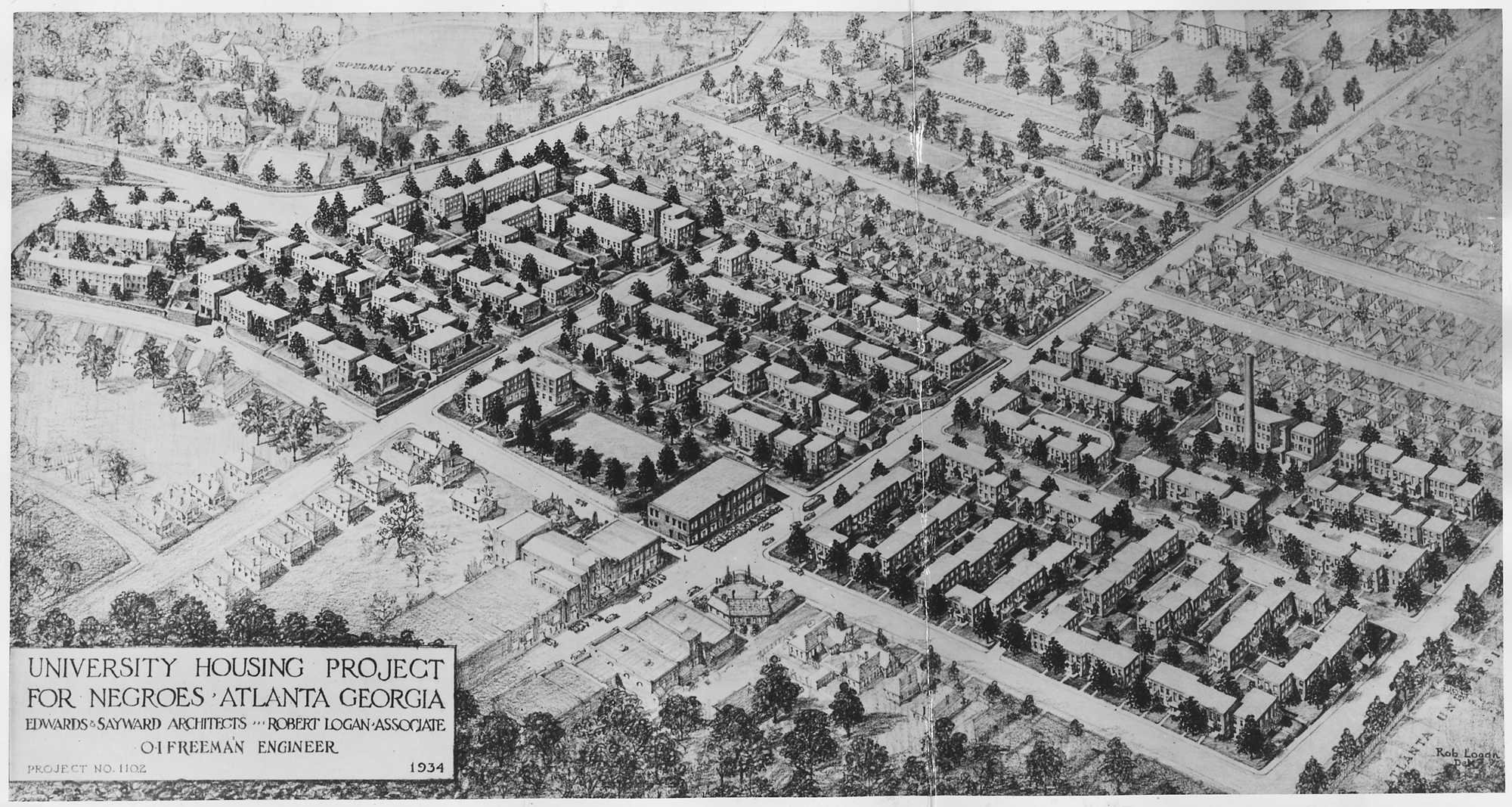
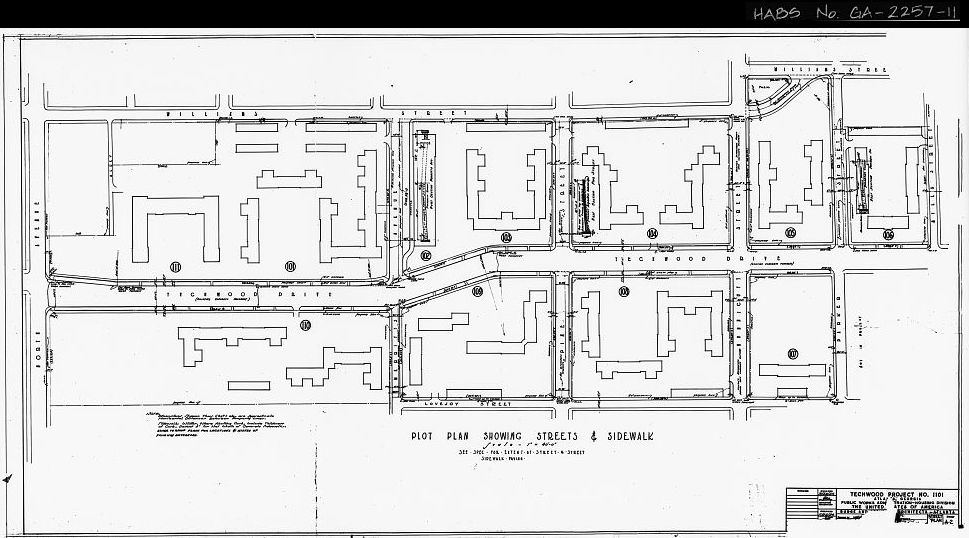
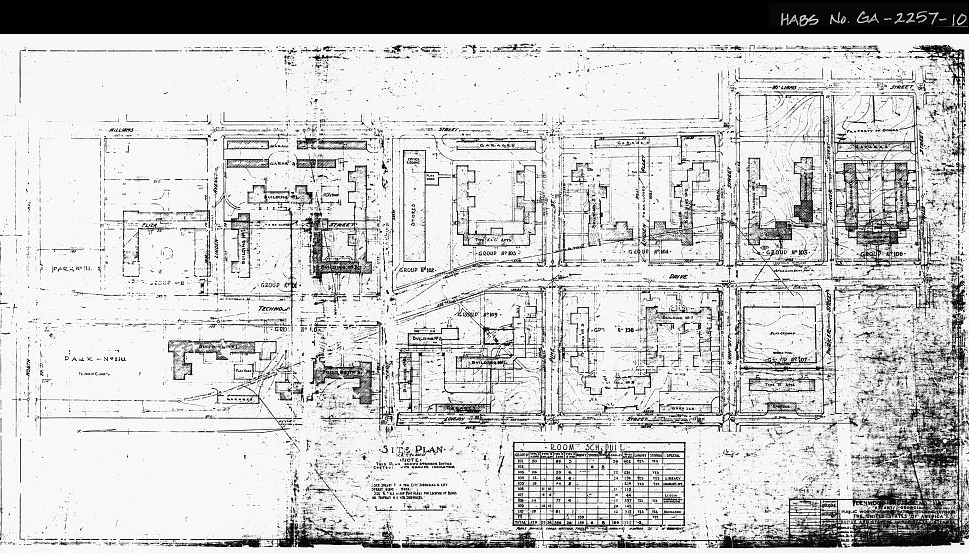
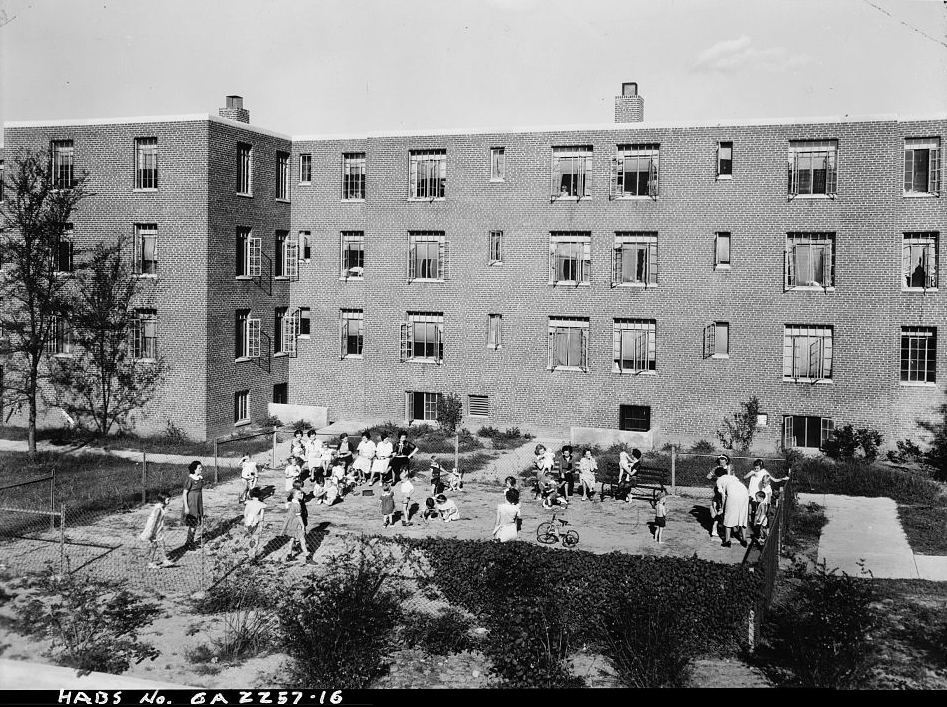
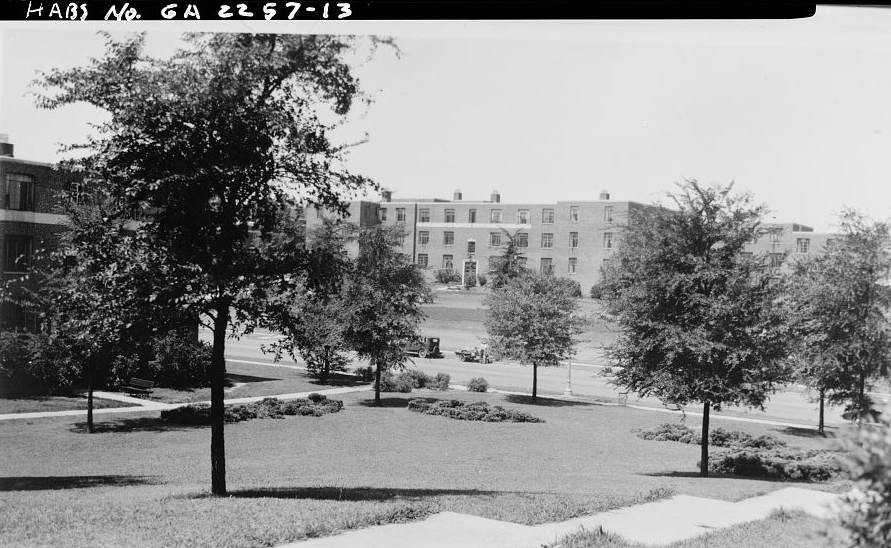
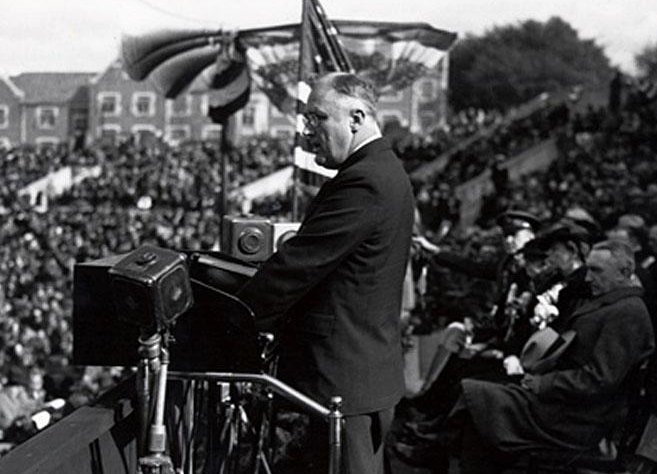
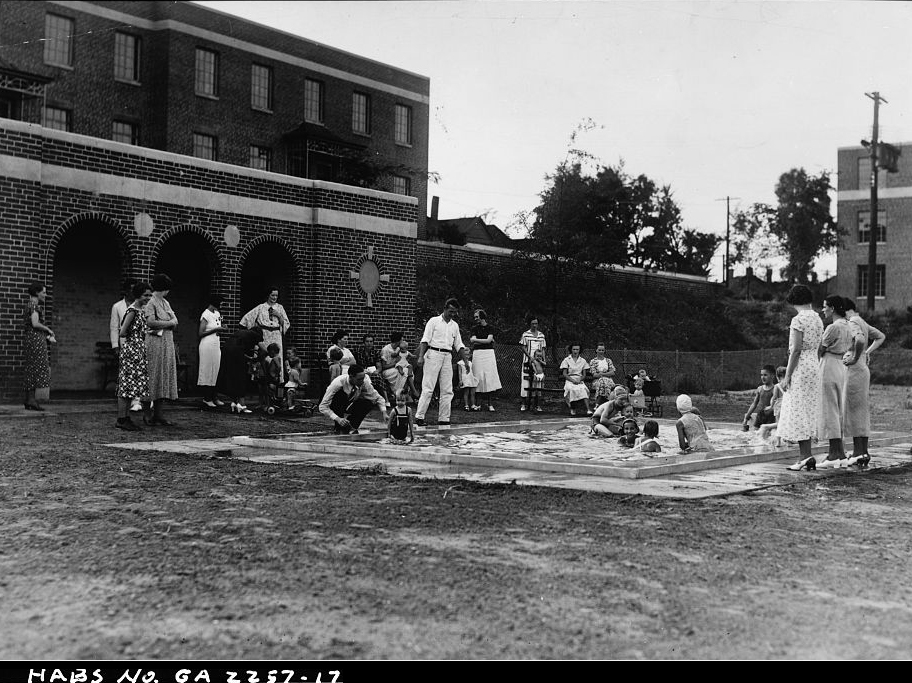
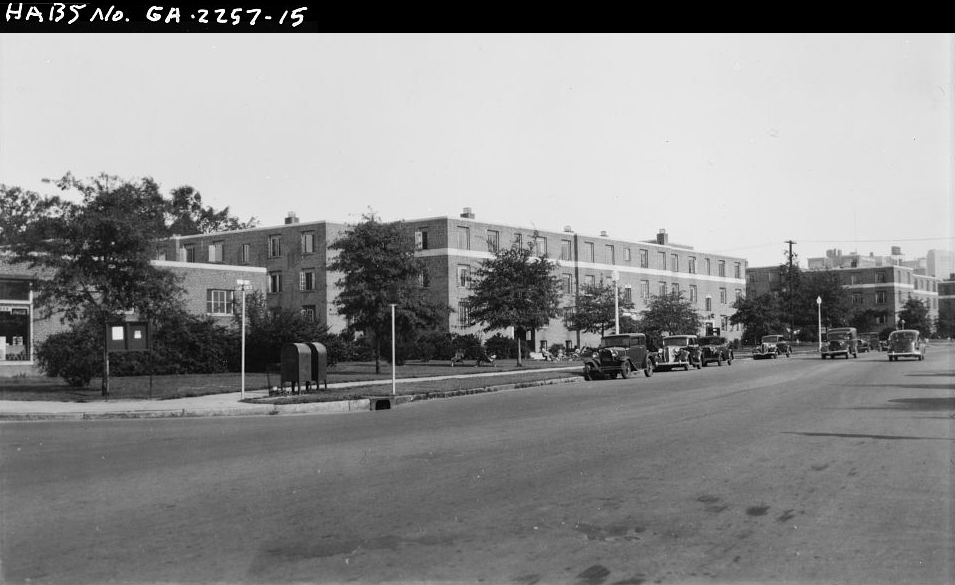
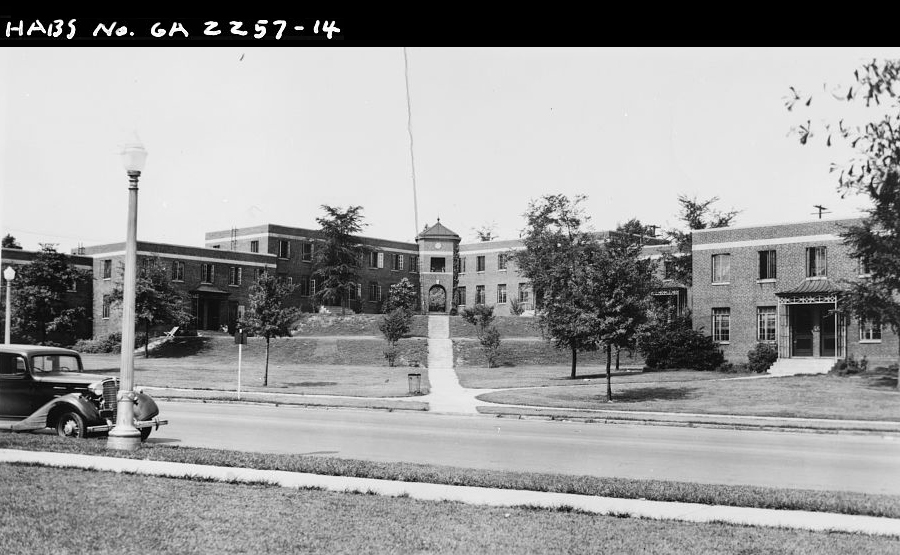
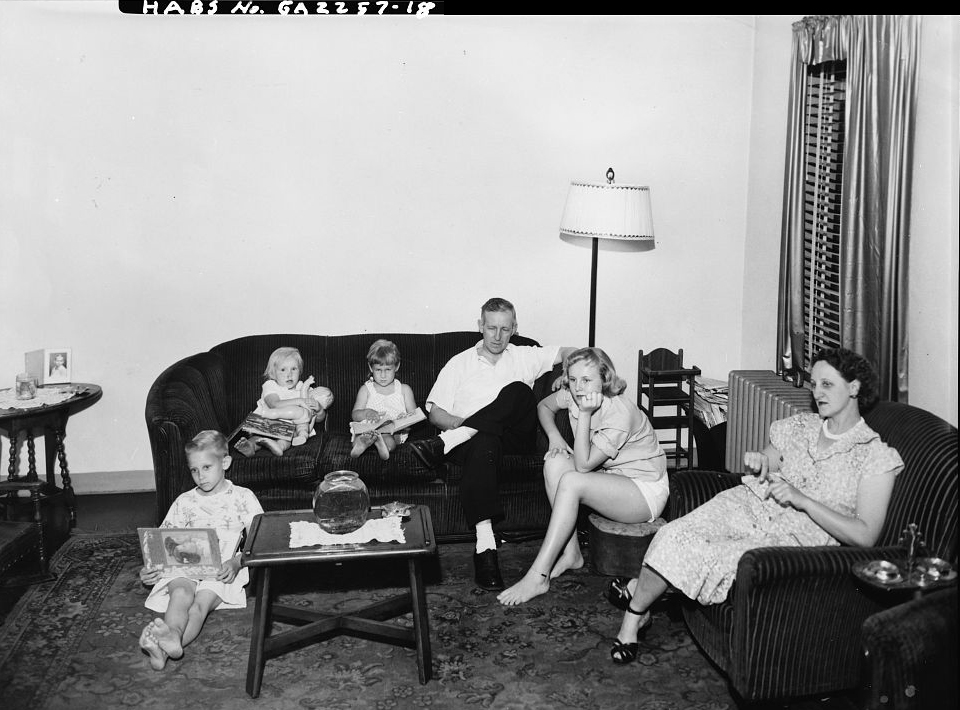
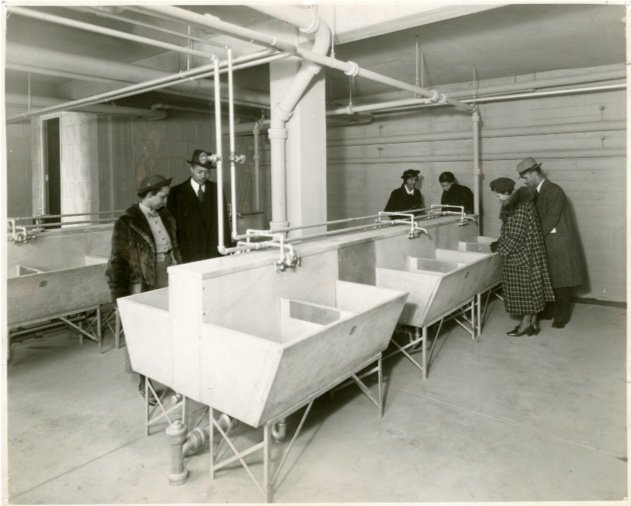

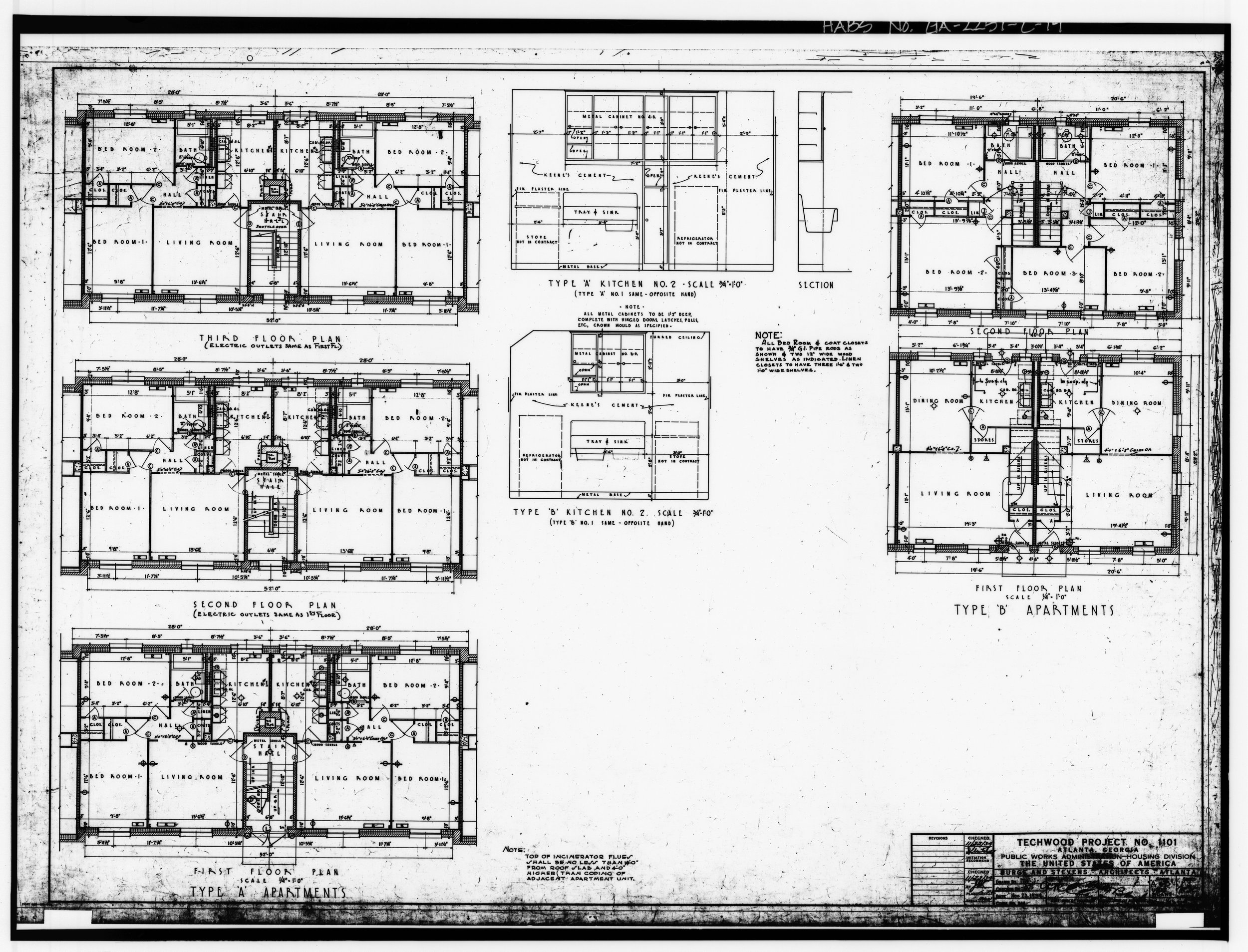
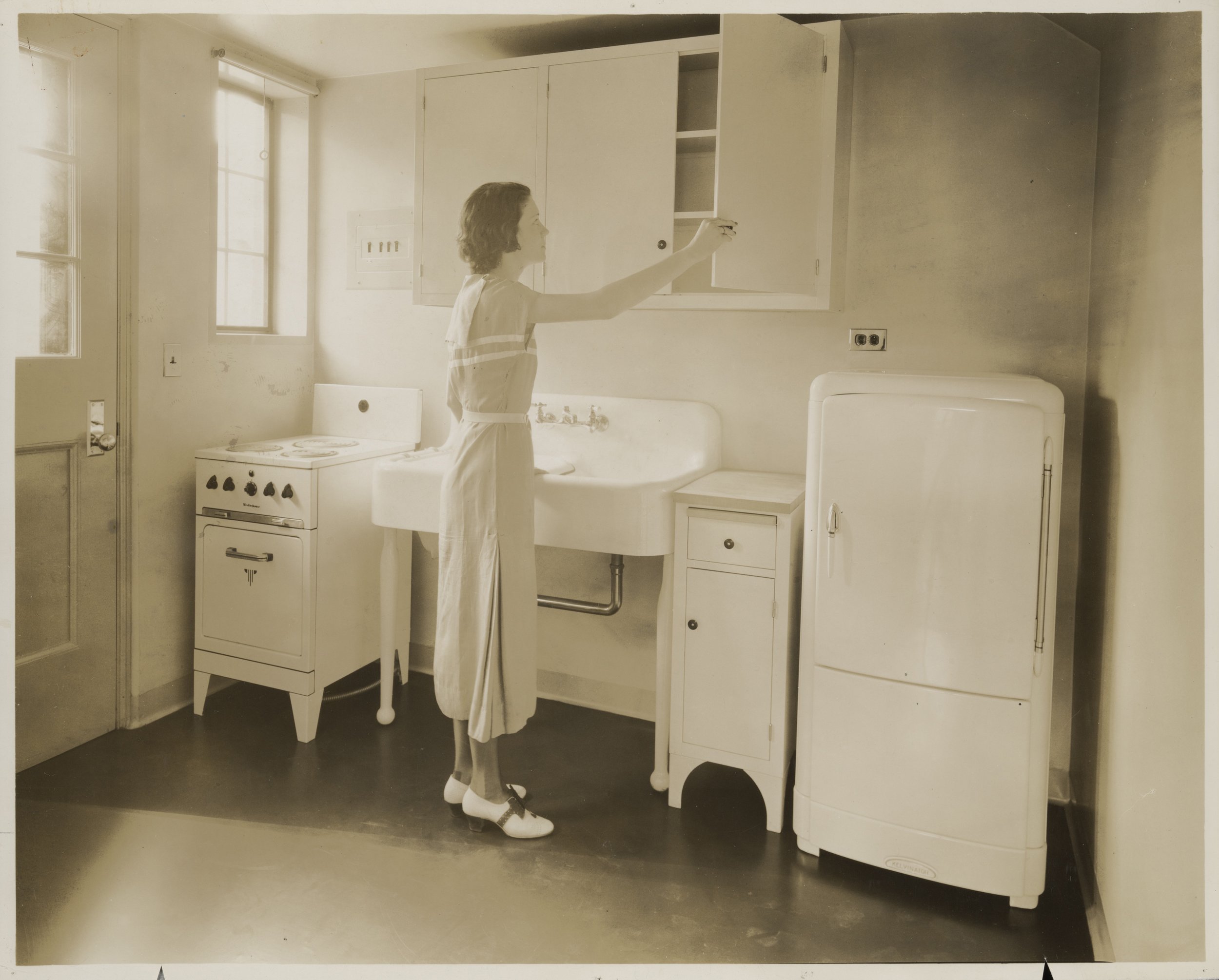
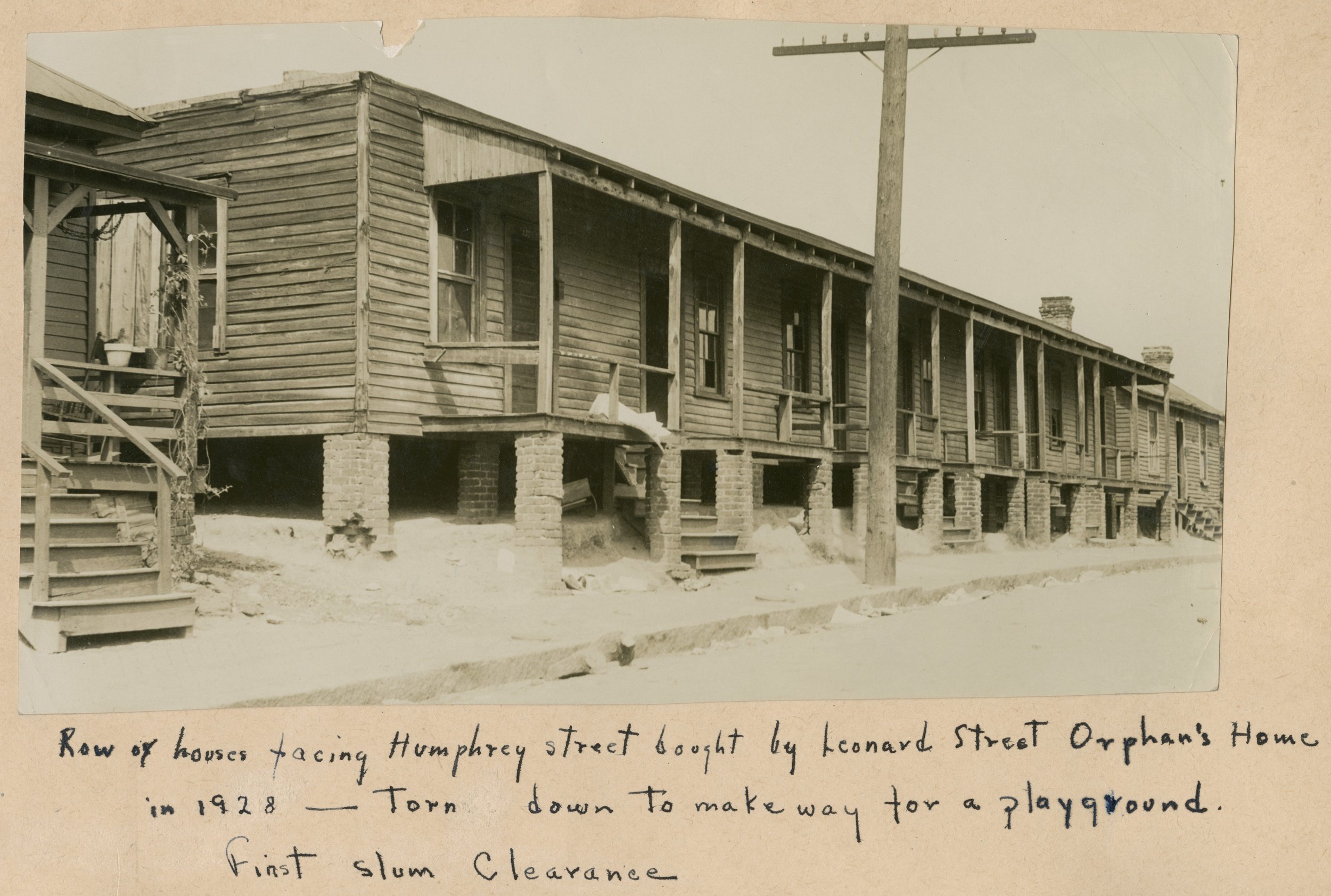
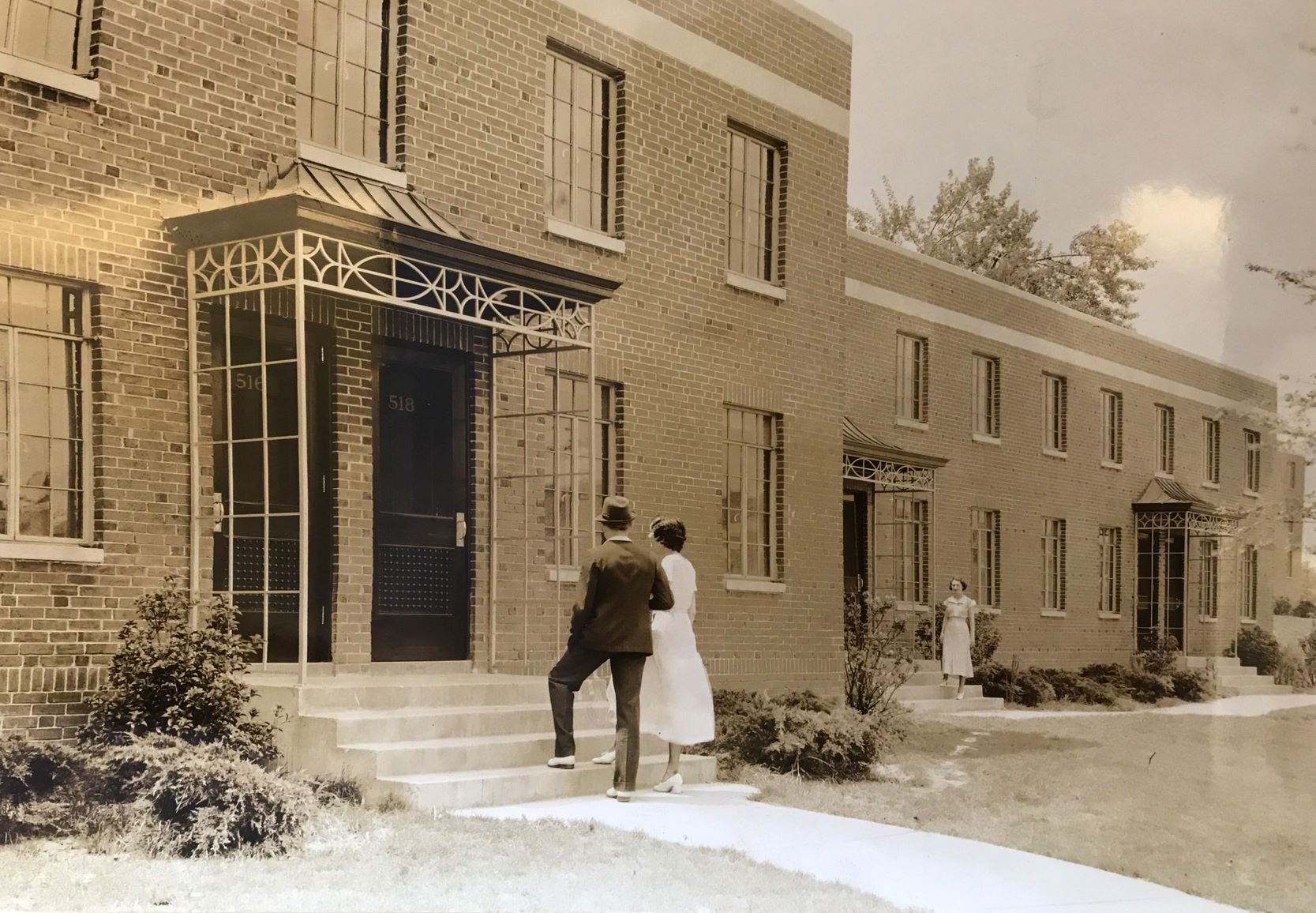
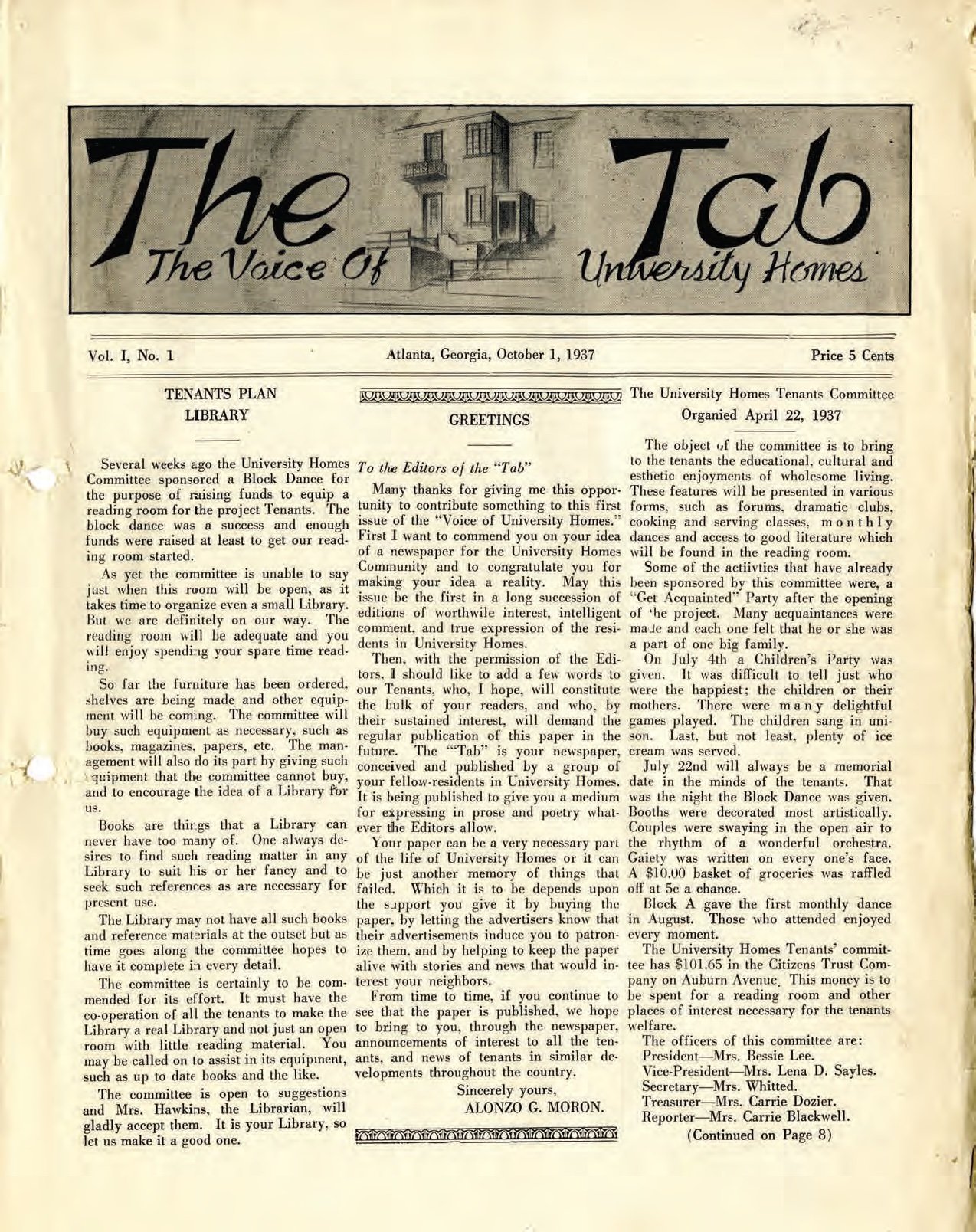
Atlanta was the site of both the first so-called “slum clearance” project in the United States, in 1934, and of America's first completed—racially segregated—federally-funded public housing: Techwood Homes (1936-1996, for white families), and University Homes (1937-2009, for Black families). These projects, composed of low-slung brick apartment buildings set in footpath-crossed open spaces, became models for New Deal housing projects built throughout the U.S. in the years following enactment of the National Housing Acts of 1934 and 1937. Techwood and University were foundational sites that played a significant role in setting the aesthetic language and planning logic for American public housing of the mid-20th century, yet they have been overshadowed by later projects in cities like New York and Chicago, where architectural scholarship is already abundant. Through a detailed investigation of Techwood and University Homes, this research project seeks to plot Atlanta on the interwar architectural map, establishing the city’s role as a clearinghouse for European social housing ideas in the U.S., and as one of the earliest home-grown precedents for New Deal public housing. The research has been funded by a Getty/ACLS Postdoctoral Fellowship in the History of Art, a Graham Foundation for Advanced Studies in the Fine Arts research and development grant, and has benefited from ongoing support from the Emory Center for Digital Scholarship (ECDS). Read here a feature article in the SaportaReport about the new Georgia Historical Society markers at University Homes and Techwood Homes, applications submitted by Christina Crawford in 2021 with sponsorship from Emory’s Stuart A. Rose Manuscript, Archives and Rare Book Library and the Atlanta Housing Authority.
The project will chart a geography of architectural influence for Techwood and University through archival research, digitization, and mapping of foreign precedents brought back to Atlanta by real-estate mogul turned housing crusader, Charles F. Palmer, the driving force behind Techwood’s development. The project team has thus far culled evidence from Palmer’s personal papers that reside at Emory’s Stuart A. Rose Manuscript, Archives and Rare Book Library. Specifically, it has targeted materials related to Palmer’s two European fact-finding missions in 1934 and 1936—social housing Grand Tours, in effect—in which he visited housing sites he deemed worthy of study and possible replication in the United States. A series of questions drove the initial research. Which countries, cities, and housing projects did Palmer elect to visit? Who did he meet at those sites? What graphic and textual materials did he bring back to Atlanta? Ultimately, and most importantly, how did information collected in those travels influence the designs of Techwood and University Homes? In early work , the team cataloged correspondence, maps, architectural plans, photographs, booklets, and ephemera for digitization and georeferencing by the Emory University Library digitization team and ECDS collaborators. Palmer’s motion picture films of his European trips, The World War Against Slums—used to convince local and federal constituencies of the need for a comprehensive U.S. public housing program are already available on this site, thanks to digitization efforts at the Stuart A. Rose Manuscript, Archives and Rare Book Library and Charles F. Palmer’s descendants, who are graciously allowing us to host them.
The project has also engaged outreach and collaboration with Atlanta-area archives, particularly with research seminars Christina Crawford taught at Emory University on Atlanta New Deal public housing in 2018 and 2022. Each student in the seminar conducted archival research to mine for materials on the two housing projects. These repositories included the archives and libraries of Atlanta Housing, Atlanta University Center (Woodruff Library), Georgia State University, Georgia Institute of Technology, and the Atlanta History Center. The students' research and findings are found in the STORIES section of this website, and were presented in the 2018 Atlanta Studies Symposium. Future work will engage in deep architectural analysis of the materials, to determine how and in what ways European precedents made their way into Atlanta’s public housing architecture, and what elements emerged from Techwood and University to influence other sites in North America.
For the first published pieces on the project, please see Christina E. Crawford’s articles “Black Community Building: New Deal Programmatic Advocacy at Atlanta’s University Homes” in the Journal of the Society of Architectural Historians and “Atlanta Citizenship and Housing, Success and Setback” on PLATFORM (June 2021). Both are freely available on the PUBLISHED TEXTS section of this website.

